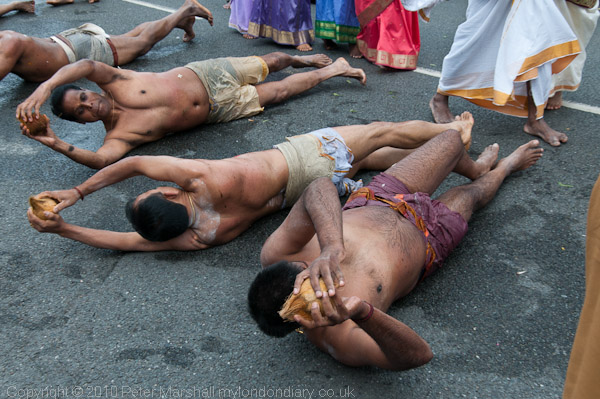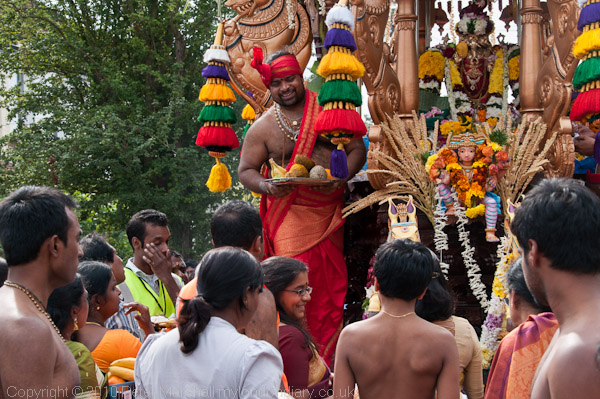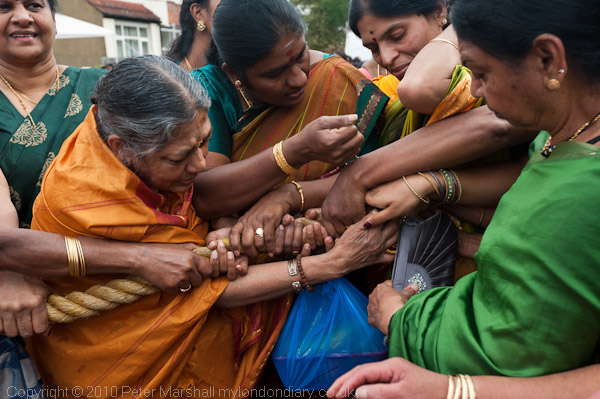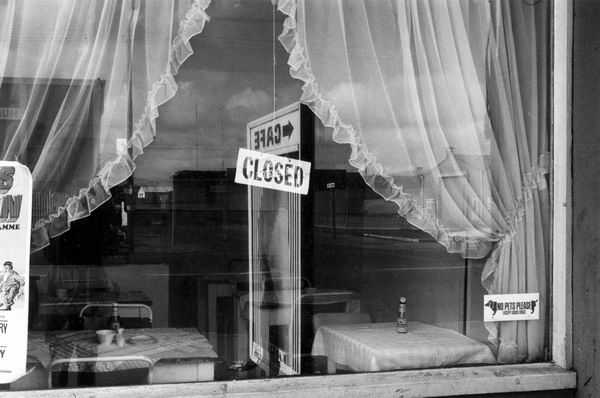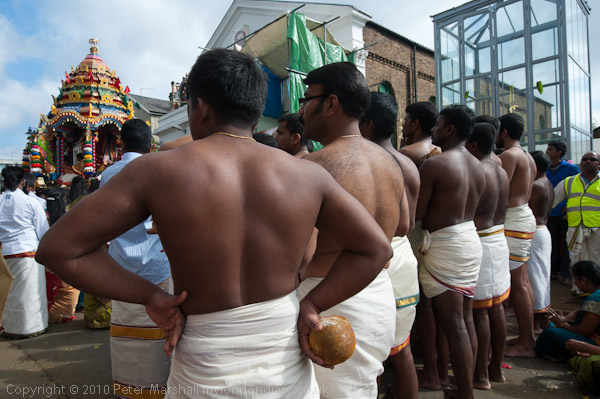
I still get a great buzz from seeing my work in print*, and although once again it’s “only in Blurb” I still felt that same thrill as I ripped open the packet containing my latest publication, Photo Paris.
Although it’s a new book – I finished and uploaded it earlier this month but only made it public today when I’d checked my first ‘proof’ copy – in some ways it’s also rather old. I took the pictures in 1988, twenty two years ago, and shortly afterwards assembled a number of the enprints from the visit there into a single copy of a book, made from cartridge paper sheets cut to page size and bound together using an office report binding system that punches a row of rectangular holes along one edge for a plastic ‘comb’ binder. To make it look more like a proper book, I laser printed a cover to go around and hide the binder. It’s still there on my bookshelves and over the years I’ve often taken it down to look through.

Although it looks rather amateur and is now showing signs of wear, it has one advantage over the new Blurb-printed edition, in the the pictures are genuine photographs. But they were machine-produced prints with no dodging or burning and the colour is sometimes not quite how I think it should be. Although the printed work just lacks the kind of quality of a photographic print, at least I was able to work on the scans to get the pictures looking how I wanted them. The print quality from Blurb is adequate though not spectacular, and I think the premium paper which I specified makes slightly less difference with colour than with black and white.
This is an extended volume – which has more than twice as many images as the original version – now 67 in the actual ‘Photo Paris‘ series, along with the view from the window of the flat I stayed in and the usual portrait of me.

Rather than working from the original, I made contact prints of all the negatives from the project using my Epson V750. Most of the negatives were already in transparent filing sheets and it was relatively quick and easy to simply put them on the scanner in these, although some I had to transfer to new sheets to do so. From these ‘contacts’, scanned at 1200 dpi so I could enlarge individual frames for a good look, I discovered a number of images I’d overlooked at the time, in some cases because the en-prints were rather poor.
I then scanned around a hundred images at 4800 dpi on a negative scanner – the Minolta Multi Pro, no longer made but still one of the best negative scanners around when equipped with third party ‘Scanhancer‘ diffuser and Xpander negative carrier. This was around 20 hours of work, with probably around the same time in Photoshop needed to get the scans into decent shape. Of course I didn’t need files that big for the book, but I’m also working for a show of some of these pictures in a couple of months, and if you are making scans it generally makes sense to scan at the highest optical resolution of the scanner in case you need a larger file later.
Scanning negatives doesn’t entirely take up your time for all those hours – it takes some time for each actual scan when you can occupy yourself doing other things. As I write this I’m actually scanning another book/exhibition project – Blurb is seriously habit-forming! But using Photoshop or some other software is too processor intensive and seriously slows down the scanner on my computer.

Computers are good for many things, but at this point I still find it best to go to physical prints. The next step was to make a set of small prints of these scans to continue with the selection and editing process. Although Photoshop can print out multiple images on each sheet of paper, I find it easier to use QImage for this job.
Our dining table is fortunately large enough to lay out all one hundred of the prints, and to start working out a sequence for the book and discarding any images that I didn’t want to use. Some photographers like to get other people to work on their books at this stage, but for me its a vital part of the creative process that I want to keep 100% under my control.
I think a photo book needs to have both some kind of structural idea, a start and a finish and a view about how you get from one to the other and the various themes that run through the work, and also be alive to and work with the graphic elements in the pictures. If, as in this case you use pictures on facing pages you have to be particularly careful in selecting images that will work together, not least because although you design a book to be read from start to finish, many people will read it simply by turning to random spreads.

Looking through the book now, I think I made a pretty good stab at it, though perhaps there are one or two images I might have ordered differently, and one or two I might have left out. But had I done so I’m sure I’d now be thinking the reverse. I was surprised in making a new selection from the contacts how good my editing had been before – every single image from the original 25 is in the new book.
You can see around a quarter of the book on the preview on the Blurb site, although I’ve selected pages with some of my favourite pictures rather than just the default first 15 pages. As always with Blurb, at £16.45 it seems just a bit expensive, and adding the postage makes it rather silly – though not so bad if you buy several books at once.
I’ll be showing a few pictures from the book in a show with two other photographers at ‘The Shoreditch Gallery‘ in the Juggler in Hoxton Market in October, and hope to bring some copies for a book signing at the opening at a slightly cheaper price – and of course if you come and buy one you don’t have to pay postage. More details on the show and an invite to the opening later. The show is a part of the East London Photomonth 2010, and the website for this is also coming soon!
* but I still require money for any commercial publication!
